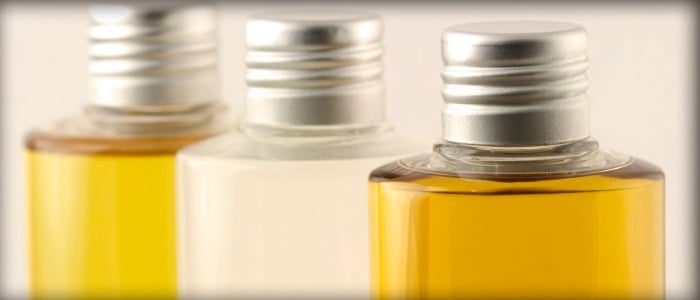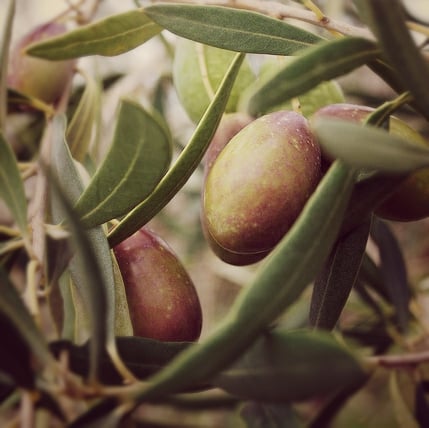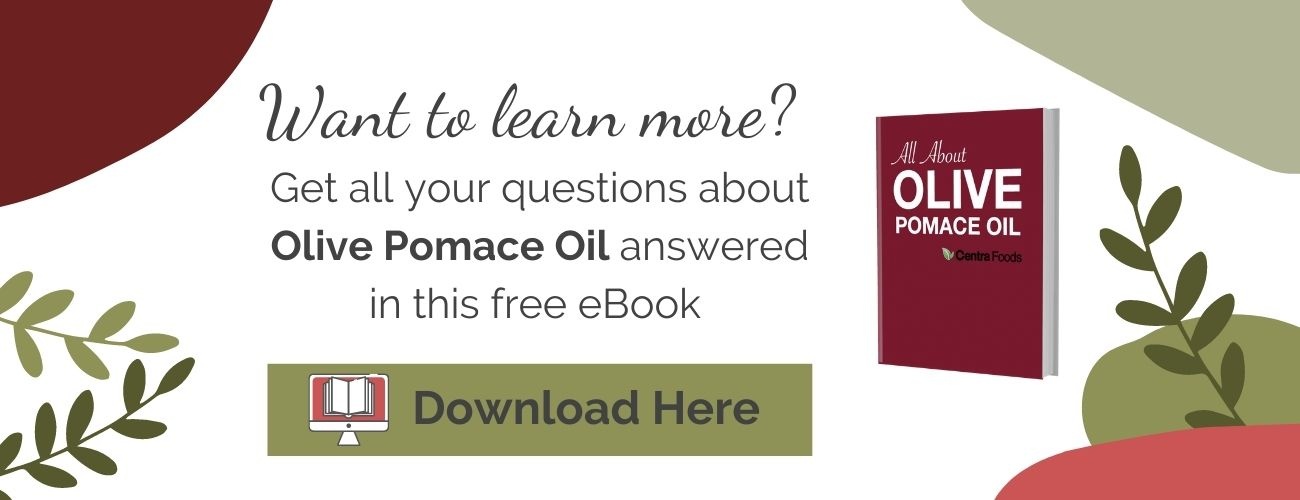 Olive Pomace Oil is a much debated topic in today’s increasingly health-focused food industry. Is olive pomace oil good or is it bad?
Olive Pomace Oil is a much debated topic in today’s increasingly health-focused food industry. Is olive pomace oil good or is it bad?
Before you make any final decisions either way, you should look at both sides of the debate. Understanding the pros and cons of olive pomace oil will help you make a decision that’s right for your product.
As always, it’s also helpful to survey your target market to see if they have any strong feelings either way about this ingredient. It will affect your marketing as well as your procurement search process.
I’m going to start with the cons of olive pomace and and work our way to the pros.
The Cons Of Olive Pomace Oil
It’s Produced Using Solvent Extraction
Curious where olive pomace oil get’s it’s bad rap? It’s right here.
Olive pomace oil is expelled using solvent extraction, typically hexane. This solvent is added to the pomace of the olive, which is the leftover pulp and pit of the olive that is already been ground into a paste.
This extraction process removes the last of the oil still remaining, like taking the last of the water out of a damp sponge. It takes advantage every drop of olive oil available, so that no oil goes to waste. After the oil is extracted, the solvent is removed and the oil is refined.
So what’s the issue? Many consumers just don’t like solvent extraction (especially in the natural and specialty food industry). The same concern applies to any conventional domestic oil like soybean or canola. These are also produced using solvent extraction too, which is the industry norm right now.
It’s a Refined Oil
This feature can be both a pro and a con for your taste profile, depending on the flavor you’re looking for. If you want an oil that has a fresh olive flavor, olive pomace oil won’t be the best choice because it is too mild tasting.

It’s considered less healthy in comparison to Extra Virgin Olive Oil
Olive oil has been touted as a great oil because of it’s many health benefits. Some of these benefits apply no matter which grade of olive oil you buy-- like the fact that it’s high in healthy monounsaturated fats.
Other health benefits are exclusive to Extra Virgin Olive Oil only, like the cancer-fighting polyphenols found in varying levels in fresh EVOO. Refined oils like Pure Olive Oil, Refined Olive Oil and Olive Pomace Oil miss out on these health benefits exclusive to first, cold pressed oil.
Now, on to the pros!
The Pros Of Olive Pomace Oil
It’s The Cheapest Olive Oil Available

Olive pomace oil is the lowest grade of olive oil. It has the cheapest cost in comparison to the other grades. The difference in price between pomace oil and extra virgin is actually pretty big.
This means that if getting the lowest price is a high priority for you, pomace should be near the top of your list of oils to consider.
It’s Made From Olives
 Olive Pomace Oil is produced from the pulp and leftover flesh of the olives, after the first press is done creating Extra Virgin Olive Oil. Even though it’s a lower grade of oil that makes use of the “leftover” oil in the olive remains, it is still produced from olives.
Olive Pomace Oil is produced from the pulp and leftover flesh of the olives, after the first press is done creating Extra Virgin Olive Oil. Even though it’s a lower grade of oil that makes use of the “leftover” oil in the olive remains, it is still produced from olives.
Olive oil is one of the most well-regarded oils in the world. Even if it is a lower grade of oil, being “second best” is still better than many of the alternatives out there in the market.
It’s A Refined Oil
Did you notice that this feature is both in the pros and cons? It can be either or, depending on the flavor profile you’re looking for. Olive Pomace Oil that’s used in food manufacturing is refined to created a light color and consistent flavor. This means that the oil doesn’t impart much taste to the food.
For any food manufacturer looking for a healthy alternative to conventional soybean oil, this is a common choice: it’s healthier, it’s well regarded, and it still has a light color and flavor to make it a simple substitute.
It’s Non-GMO
All the grades of olive oil, including olive pomace oil, are usually non-GMO. As more and more consumers look for assurance that their food is non-GMO (or Non-GMO Project Verified™), this naturally GMO free ingredient is an ideal choice.
It’s Gluten Free
Olive pomace oil is a naturally gluten free ingredient. This may seem obvious to some, but since many manufacturers now have to confirm the gluten free statement of their ingredients, it’s always helpful to reiterate.
Of course, you should always check that your supplier is packing in a gluten-free facility to avoid cross-contamination and get a gluten-free statement from them.
Here’s The Real Comparison For Manufacturers
Truth be told, olive pomace oil is a mid-range oil choice. It’s not the highest, most expensive grade, but there’s many other oil options that could be worse if you serve the health food industry.
Conventional canola oil and soybean oil are both produced using solvents. Many consumers don’t realize this, but continue to persecute olive pomace oil as a low-grade choice. If your consumers had to choose between canola, soybean or pomace oil, most would choose olive pomace oil-- at least it’s still produced 100% from the healthy olive!
How To Decide If Olive Pomace Oil Is Right For Your Product
If you’re deciding if you should use olive pomace oil for your manufacturing, keep your immediate goals in mind, and take all of the consumer comments and product benefits with a grain of salt.
If your goals focus around low pricing, olive pomace oil could be a good choice. If your goal is to maintain the highest quality ingredients across the board, go with an Extra Virgin Olive Oil, High Oleic Safflower Oil or Sunflower Oil.
The Decision Process [Step-by-Step]
Step 1
Set some goals around your ingredient. It’s helpful to first understand what your ingredient is hoping to achieve before you start your search process.
Are you looking to bring down your price of an ingredient that’s already in use?
Are you launch a new product and trying to reach a particular target market?
Step 2
Research your options
Step 3
Do sample testing with a few different types of oil, including olive pomace oil. See which ones are the best fit for your product’s taste profile.
Step 4
Compare pricing of the different oils to decide which aligns best with your overall goals.
Want to learn more about Olive Pomace Oil? Check out these other articles:
Olive Pomace Oil: Defined and Demystified
4 Reasons Manufacturers Choose Olive Pomace Oil Over Other Bulk Olive Oils
Pomace Olive Oil vs. Olive Oil
Looking for Organic Olive Pomace Oil?
The Differences Between the Bulk Olive Oil Grades Pure, Refined and Pomace
Or, you can check out Olive Pomace Oil: The Ultimate Guide for a deep dive on everything Olive Pomace Oil.
Topics: Olive Pomace Oil













